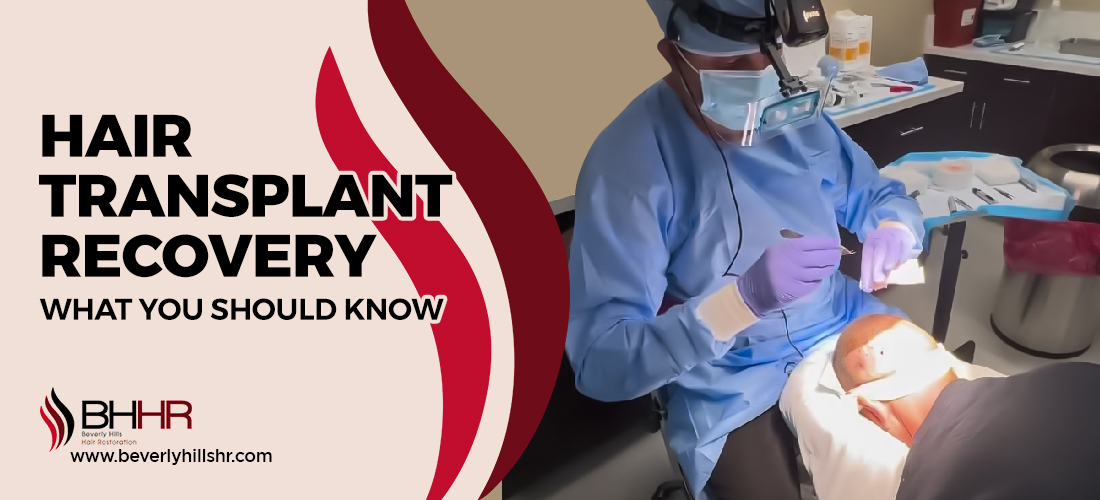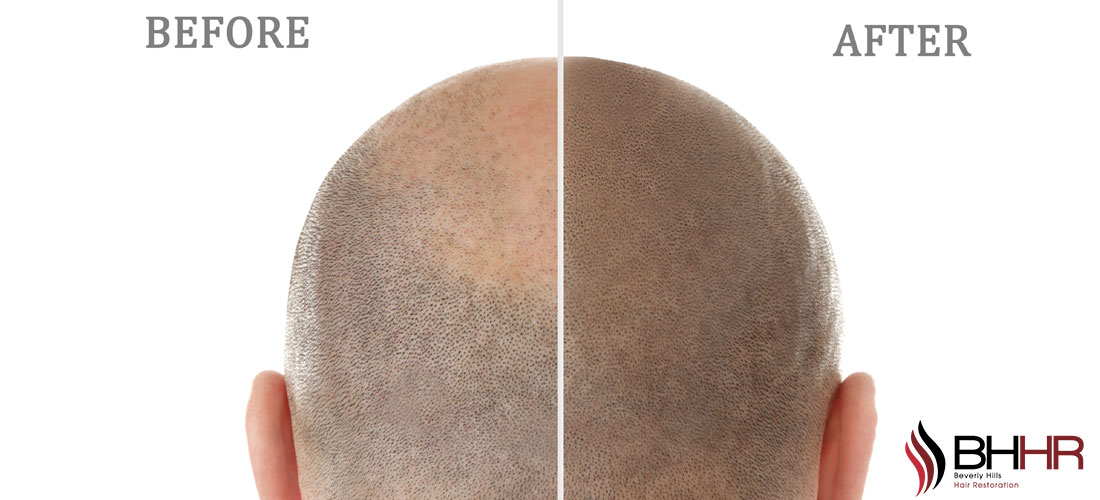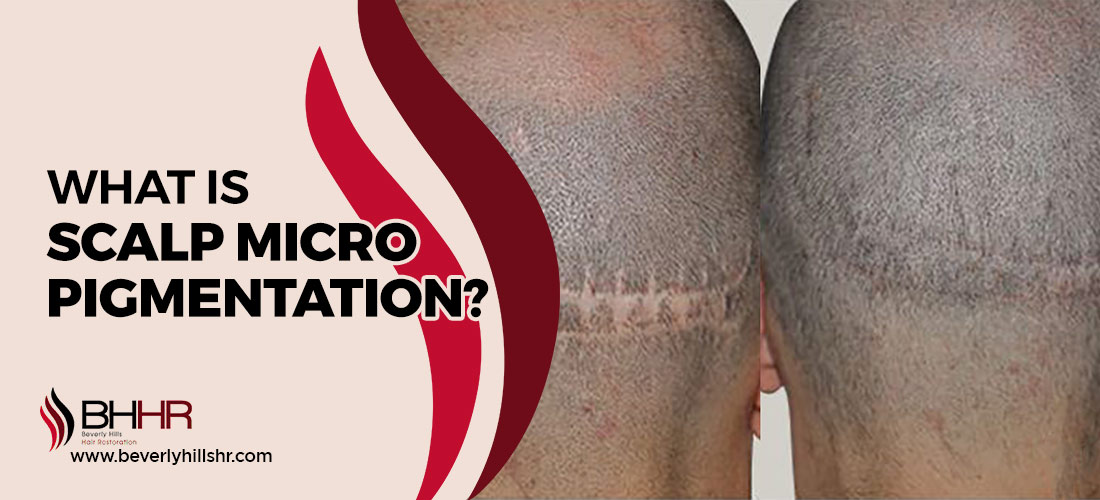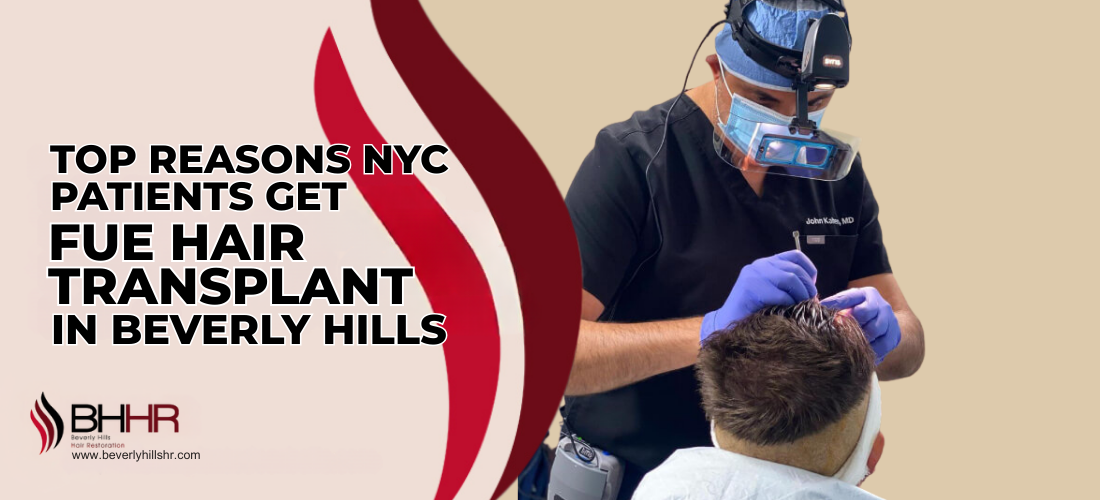Hair Transplant Recovery: What You Should Know
Home / Hair Transplant / Hair Transplant Recovery: What You Should Know
Updated On : July 14, 2025 | Category : Hair Transplant | Author: Beverly Hills Hair Restoration Team

A hair transplant is more than just a procedure—it’s a transformative journey to restore your hairline and regain confidence. At Beverly Hills Hair Restoration in Los Angeles, we are committed to guiding you through every step, from the technical aspects of the procedure to comprehensive aftercare. Led by Dr. John Kahen, our team prioritizes patient preparation and recovery to ensure the best possible outcomes. We aim to make your recovery process smooth, effective, and tailored to your unique needs. This guide will walk you through everything you need about the hair transplant recovery timeline. From what to expect on the first day to long-term care tips for optimal results, we’ll cover key factors influencing recovery and share expert advice on maintaining your new hairline and maximizing growth. Trust our hair transplant clinic to help you achieve lasting results and renewed confidence.
How Does a Hair Transplant Work?
A hair transplant is a surgical process to address hair loss by removing healthy hair follicles from one part of the scalp (or body) to thinning or balding areas. At Beverly Hills Hair Restoration, we use two of the most advanced techniques for hair restoration: Smart FUE (Follicular Unit Extraction) and Smart FUT (Follicular Unit Transplantation). Both techniques are highly effective, with slight differences in their methods and recovery times.
- Smart FUE Hair Transplant procedure, hairs are taken from the back or sides of the scalp and placed carefully into areas with thinning or bald hair.
- Smart FUT Hair Transplant involves removing a scalp strip from the donor area divided into tiny grafts. These are then carefully placed in the balding areas.
Understanding Hair Transplant Recovery
After your hair transplant procedure, the recovery process plays a crucial part in confirming the success of your treatment. Whether you undergo a hair transplant, the recovery process has similar stages, with some variations depending on the technique used. Hair transplant recovery involves several phases. Generally, the healing process is quick and relatively straightforward if you follow the proper steps. It's important to note that the newly transplanted hair will shed initially, part of the natural hair growth circle, and new hair growth will gradually begin.
For those considering a FUE hair transplant, the recovery tends to be quicker, with less discomfort and fewer visible scars than FUT. However, both procedures have high success rates and varying recovery times based on individual health, the number of grafts transplanted, and other factors.
Hair Transplant Recovery Timeline
The hair transplant timeline can be divided into a few phases that span the first year post-procedure. Here's an overview of what you can expect:
Day 1-2: Immediate Post-Transplant Recovery
The first few days after your transplant are crucial. You may experience swelling, redness, and discomfort in the scalp, but this is normal and will subside as healing progresses.
-
What to expect:
- Pain and Swelling: You just underwent a surgical procedure, so it's normal to experience mild discomfort around the donor area and the transplanted hairline. Swelling is common, particularly around the forehead.
- Hair Graft Protection: Protecting your transplanted hair follicles during the first 48 hours is vital. Avoid direct contact with the scalp and follow the instructions provided by Dr. Kahen for washing and sleeping positions.
-
Aftercare Tips:
- Apply prescribed medications as directed to reduce swelling and prevent infection.
- Sleep with your head propped up to help reduce swelling.
- Take proper care following the hair transplant aftercare instructions to ensure healing correctly.
Week 1: Healing and Monitoring
You will most likely notice shedding of the transplanted hair within the first week. This is not a cause for alarm as it falls within the hair growth cycle. The follicles remain intact, and new hairs will grow within a few months.
-
What to expect:
- Scabbing and Itching: Scabs may form over the transplanted hair follicles during healing. Scabs should be avoided from touch or scratching because they may become infected and cause scars.
- Discomfort: Mild discomfort or tightness may persist around the donor area. This should decrease as the days go by.
-
Aftercare Tips:
- Avoid strenuous activities that might increase blood flow to the scalp.
- Use Our RENEW+ Revitalising Shampoo to wash your hair gently.
- Do not rub the transplanted area.
- Use our Hair Growth Serum to prevent infection and promote healing.
Week 2-4: Early Growth Phase
During this phase, the scalp will continue healing, and you'll notice some initial signs of hair regrowth. Most swelling and discomfort should subside by the end of the second week. The transplanted hair may begin to shed, which is entirely normal.
-
What to expect:
- Shedding of Transplanted Hair: Around two weeks after the transplant, the newly implanted hairs will likely fall out, but the follicles will remain healthy beneath the surface.
- New Hair Growth: By the end of the first month, you should begin to see signs of new hair growth. These new hairs may initially be thin and soft but gradually become thicker.
-
Aftercare Tips:
- Continue to follow Dr. Kahen's instructions on hair washing and scalp care.
- Protect your scalp from sun exposure.
- Use our gentle hair care products to keep the scalp healthy.
Month 1-3: Transition Period
In the second to third month, hair transplant recovery shows more noticeable progress. The shedding phase is almost over, and the newly implanted follicles begin producing hair. Some patients may experience hair that is thinner than expected, but this is temporary.
-
What to expect:
- Hair Growth Begins: New hair should emerge around the second or third month. The growth may appear uneven at first but will gradually fill in.
- Minimal Scarring: You may notice minimal scarring with FUE procedures, while FUT patients might experience more visible scarring on the donor site.
-
Aftercare Tips:
- Continue using the prescribed medications and follow up with us as needed.
- You can begin to resume more physical activities like light exercise, but avoid anything that causes heavy sweating or stress to the scalp.
- Consider incorporating gentle scalp massages to improve circulation and promote hair growth.
Month 3-6: Visible Hair Growth
You will notice thicker and more substantial hair growth by the third to sixth month. It is common for the transplanted hair to grow in various lengths as the follicles adjust to the scalp.
-
What to expect:
- More Prominent Hair Growth: Most patients see increased hair density by the fourth month. However, the hair may still be finer than the surrounding natural hair.
- Finalization of Transplanted Hairs: At approximately month 6, the hair transplant will begin to achieve its final results, as hair growth will look fuller and thicker.
-
Aftercare Tips:
- You can start using regular hair care products at this stage, but avoid harsh treatments.
- Preserve a healthy diet rich in vitamins and nutrients to support hair health.
- Keep regular follow-up appointments with us to monitor your progress.
Month 6-12: Full Recovery and Final Results
By the 6-month mark, you should see significant results. At this stage, hair will blend seamlessly with your natural hair. The growth will become more consistent, and the transplanted hairs will thicken and mature over time.
-
What to expect:
- Final Results: Final impacts are usually visible after 12 months. The transplanted hair should look and feel natural, blending with the rest of your hair.
- Thickening and Strengthening: Hair will continue to thicken over time, giving the appearance of a fuller, healthier scalp.
-
Aftercare Tips:
- Continue taking care of your hair to maintain optimal health.
- Avoid any further hair loss treatments unless recommended.
- Keep your scalp protected from extreme temperatures and sun exposure.
Smart FUE Hair Transplant Recovery
If you have chosen our Smart FUE hair transplant, you'll likely experience quicker healing times than FUT. Smart FUE is less invasive, with minimal scarring and a faster recovery. The FUE transplant recovery timeline is often shorter, allowing you to return to regular activities shortly. However, the general care and aftercare for FUE and FUT are similar, with slight variations based on the method used.
Smart FUT Hair Transplant Recovery
If you've chosen our Smart FUT (Follicular Unit Transplantation) procedure, the recovery process will differ slightly from FUE (Follicular Unit Extraction), but both methods offer excellent results. Smart FUT hair transplant recovery generally takes a bit longer, as it involves removing a strip of scalp from the donor area, which can lead to slightly more discomfort and swelling in the initial recovery stages. However, this method is ideal for patients requiring many grafts, as it allows for more grafts to be harvested in a single session.
Key Takeaways for Hair Transplant Recovery
- Follow the Aftercare Plan: Proper aftercare is important for healing and achieving the best possible results. Always follow the post-transplant care instructions provided by our hair transplant doctor.
- Expect Shedding: Don't be alarmed if you experience shedding in the first few weeks. This is a part of the natural hair growth cycle.
- Be Patient: Full hair transplant results can materialize fully in 12-18 months. Patience and proper care are key to success.
- Avoid Stressing the Scalp: During recovery, avoid physical stress on the scalp and protect it from environmental factors like sunlight.
- Healthy Lifestyle: Keeping your body hydrated and utilizing hair care items recommended by Dr. Kahen can boost the growth of your transplanted hair.
Achieving Optimal Results: Your Journey to Full Hair Recovery
Hair transplant recovery takes time, patience, and attentive aftercare to ensure the best results. From the first healing phase and up to the final results, understanding each stage of recovery is necessary to achieve the best outcome. If you are undergoing a Smart FUE or Smart FUT hair transplant, you will be assured to follow the aftercare guidelines for proper healing and the correct growth of hair. With the appropriate support and guidance, you can be assured of natural and permanent results, restoring your hair and giving your confidence back. We are committed to providing comprehensive care along with your hair transplant recovery timeline at Beverly Hills Hair Restoration for a smooth recovery and renewed hairline.
Ready to restore your confidence with a fuller hairline? Schedule your FREE hair transplant consultation to learn more about Hair Transplant Recovery! Call us now at 310.289.0901 and start your journey today.



